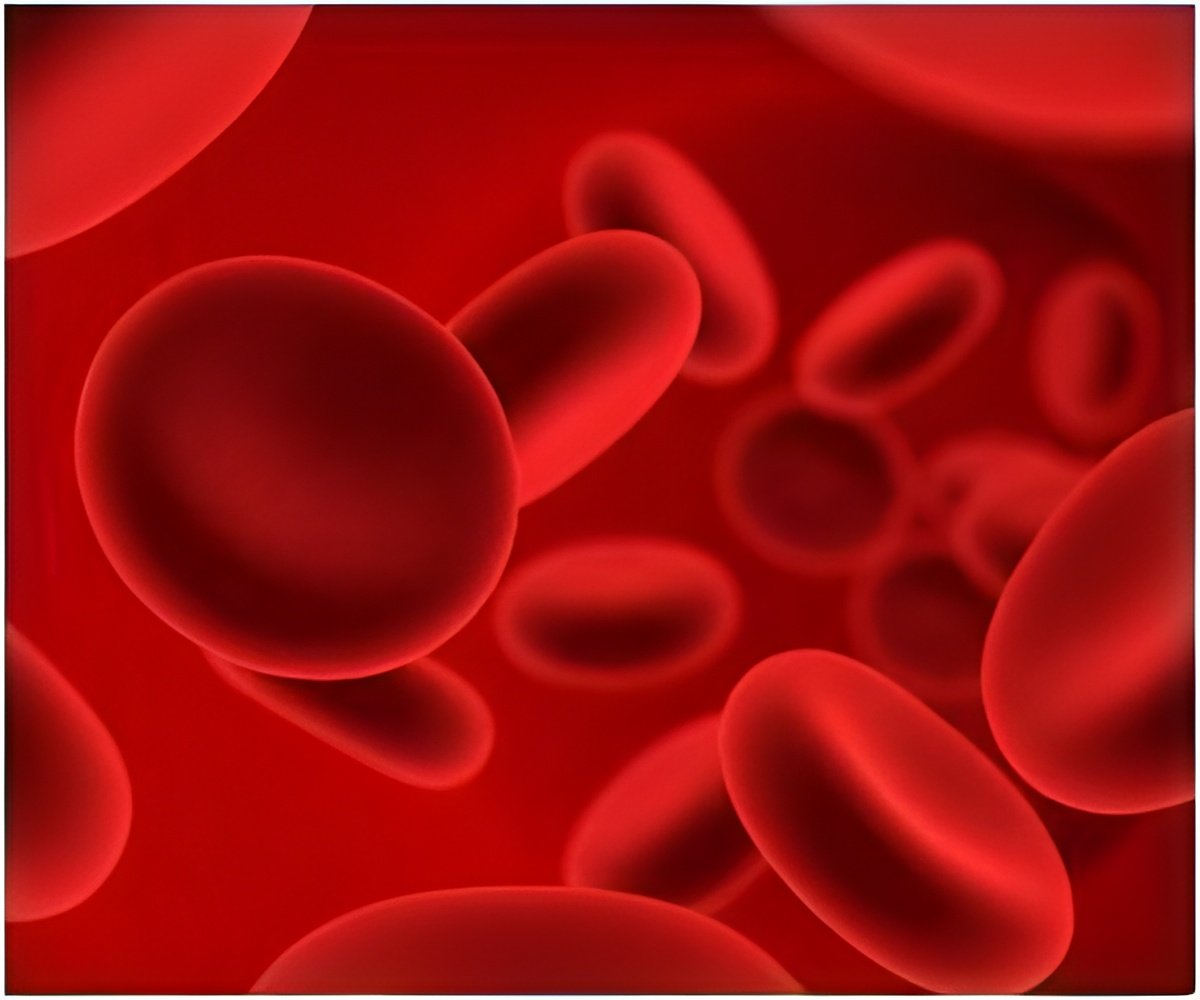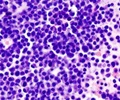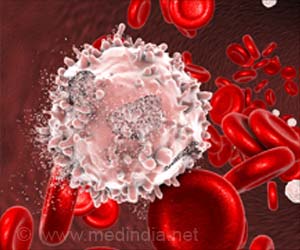It is reported that an early phase multiple myeloma trial has unexpectedly revealed that the drug lenalidomide interacts with another protein in cells that affect its dose level

During the study, lenalidomide levels in patients' blood were often higher than expected, and some patients experienced side effects such as electrolyte imbalances and rashes that were greater than expected. To the investigators' surprise, laboratory experiments showed that lenalidomide was removed from cells by Pgp, and the rate of removal was reduced when temsirolimus was included in the experiments. That data was evidence that the two drugs interact via Pgp, which provided a potential explanation for the altered lenalidomide levels observed in patients' blood samples, Phelps explains."Although this was a relatively small study, we saw a significant pharmacokinetic interaction between the two agents," Phelps says. "That, along with side effects that were greater than expected, brought us to the conclusion that the interaction of the agents with Pgp may be the cause of this increased toxicity," Phelps says.Phelps notes that many drugs interact with Pgp. "This is indicated on the labels of drugs approved by the Food and Drug Administration, which helps prevent the co-administration of drugs that interact with Pgp or inhibit Pgp, either of which could lead to adverse drug-drug interactions," Phelps says.The Food and Drug Administration (FDA) approved lenalidomide in 2005 for treating myelodysplasia syndromes and in 2006 for multiple myeloma. "It is unusual to discover several years after FDA approval that a drug interacts with Pgp," Phelps says. The delay probably occurred because the drug is predominantly excreted by the kidneys into the urine, Phelps says. This had been assumed to be through filtration, which is a passive process independent of Pgp or other transporter proteins. "Although the kidneys may have the primary job of eliminating lenalidomide, our findings indicate that Pgp and other factors may also significantly contribute," he says."We now need studies to confirm these findings and determine their significance when lenalidomide is combined with other Pgp substrates in various disease populations," Phelps says.
Source-Eurekalert








